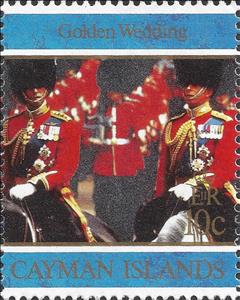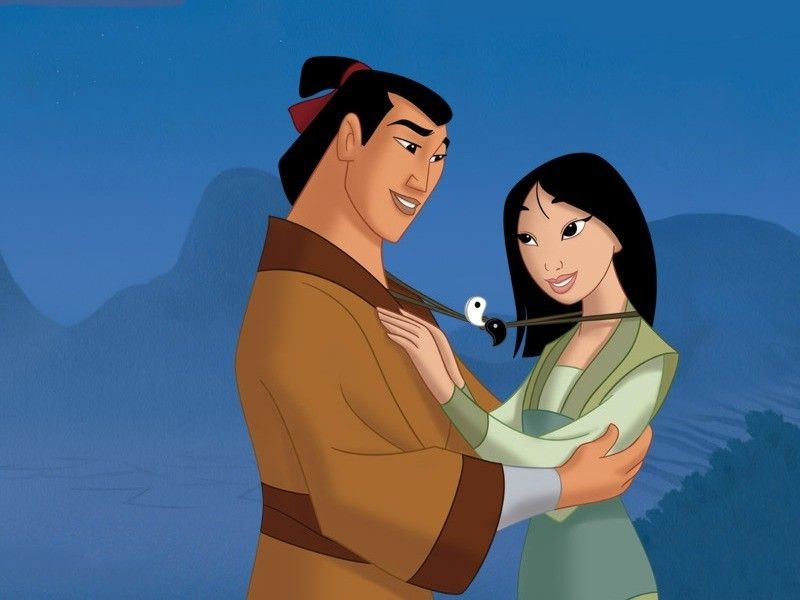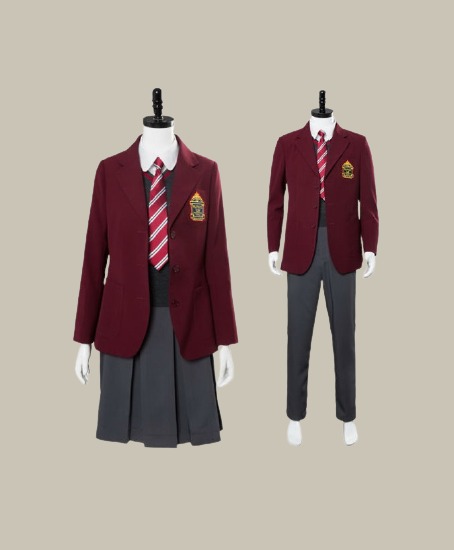Stamp: Prince Philip and Prince Charles (Cayman Islands 1997)
Prince Philip and Prince Charles (Cayman Islands 1997)
10 July (Cayman Islands ) within release QEII Golden Wedding goes into circulation Stamp Prince Philip and Prince Charles face value 10 Cayman Islands cent
| Stamp Prince Philip and Prince Charles in catalogues | |
|---|---|
| Michel: | Mi: KY 773 |
| Stanley Gibbons: | Sg: KY 842 |
Stamp is vertical format.
Also in the issue QEII Golden Wedding:
- Stamp - Prince Philip face value 40;
- Stamp - Prince Philip and Prince Charles face value 10;
- Stamp - Prince William face value 30;
- Se-tenant - QEII Golden Wedding face value 2*10;
- Se-tenant - QEII Golden Wedding face value 2*30;
- Se-tenant - QEII Golden Wedding face value 2*40;
- Stamp - QEII Golden Wedding face value 1;
- Souvenir Sheet - QEII Golden Wedding face value 1;
- Stamp - Queen Elizabeth II face value 10;
- Stamp - Queen Elizabeth II face value 40;
- Stamp - Queen Elizabeth II and prince Philip face value 30;
Stamp Prince Philip and Prince Charles it reflects the thematic directions:
The horse (Equus ferus caballus) is one of two extant subspecies of Equus ferus. It is an odd-toed ungulate mammal belonging to the taxonomic family Equidae. The horse has evolved over the past 45 to 55 million years from a small multi-toed creature, Eohippus, into the large, single-toed animal of today. Humans began to domesticate horses around 4000 BC, and their domestication is believed to have been widespread by 3000 BC. Horses in the subspecies caballus are domesticated, although some domesticated populations live in the wild as feral horses. These feral populations are not true wild horses, as this term is used to describe horses that have never been domesticated, such as the endangered Przewalski's horse, a separate subspecies, and the only remaining true wild horse. There is an extensive, specialized vocabulary used to describe equine-related concepts, covering everything from anatomy to life stages, size, colors, markings, breeds, locomotion, and behavior.
A prince is a male ruler (ranked below a king, grand prince, and grand duke) or a male member of a monarch's or former monarch's family. Prince is also a title of nobility (often highest), often hereditary, in some European states. The female equivalent is a princess. The English word derives, via the French word prince, from the Latin noun prīnceps, from primus (first) and caput (head), meaning "the first, foremost, the chief, most distinguished, noble ruler, prince"
A Royalty is the immediate family of a king or queen regnant, and sometimes his or her extended family. The term imperial family appropriately describes the family of an emperor or empress, and the term papal family describes the family of a pope, while the terms baronial family, comital family, ducal family, grand ducal family, or princely family are more appropriate to describe the relatives of a reigning baron, count, duke, grand duke, or prince. However, in common parlance members of any family which reigns by hereditary right are often referred to as royalty or "royals." It is also customary in some circles to refer to the extended relations of a deposed monarch and his or her descendants as a royal family. A dynasty is sometimes referred to as "the House of ...". As of July 2013, there are 26 active sovereign monarchies in the world who rule or reign over 43 countries in all
A uniform is a variety of costume worn by members of an organization while usually participating in that organization's activity. Modern uniforms are most often worn by armed forces and paramilitary organizations such as police, emergency services, security guards, in some workplaces and schools, and by inmates in prisons. In some countries, some other officials also wear uniforms in their duties; such is the case of the Commissioned Corps of the United States Public Health Service or the French prefects. For some organizations, such as police, it may be illegal for non-members to wear the uniform.




